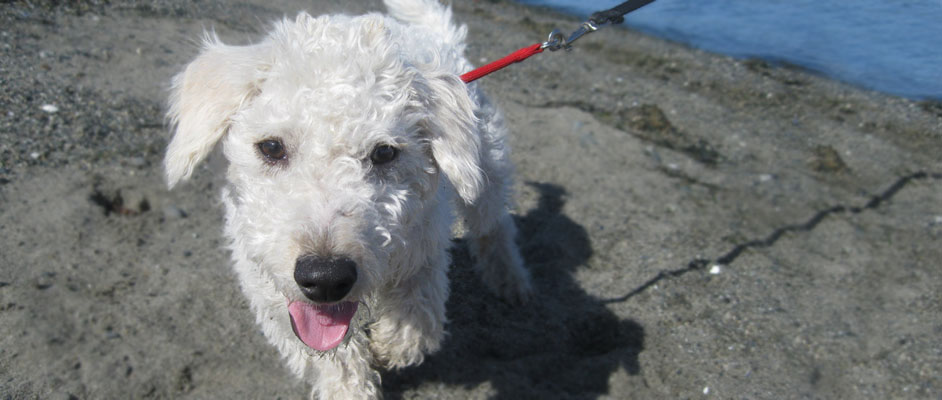
Discipline Defined
discipline (disiplin) n. 1. training or conditions imposed for the improvement of physical powers, self-control, etc. 2. Systematic training in obedience to regulations or authority. 3. The state of improved behaviour, etc. resulting from such training or conditions. 4. A system of rules for behaviour, methods of practice, etc. 5. A branch of learning or instruction.
Excerpted from Collins English dictionary.
While it is true that if you read through the entire definition of “discipline” in the Collins English Dictionary, you will find one of the definitions as; “punishment or chastisement”, the above definitions are the premise of discipline that I prefer to act under. I don’t punish… ever. I prefer to teach.
The discipline communications I demonstrate to my dogs are probably better defined as; “limit setting communications”. They were taught as pups that when they heard “No” it meant that they were not to do whatever it was they were doing. For example: As a pup, if my Lab “Tucker” mouthed at a chair leg, I simply placed my hand between his mouth and the chair leg and said; “No.” in a calm voice and then drew my hand away. If he again placed his mouth around the chair leg I repeated the communication and again placed my hand as a barrier and said: “No.” and kept repeating the process until he gave up and found something else to amuse himself. I didn’t escalate my tone of voice or reactions to a more aggressive stance; instead I was patient and persistent.
I did the same when he displayed interest in food on the counter or table, picked up a slipper or drank out of the toilet. Soon he came to understand that “Tucker… No.”, was a general communication I used to let him know that what he was doing or displaying interest in doing, was undesirable.
Nowadays, when “Tucker” decides to take advantage of that yummy clump of horse droppings on the trail, a simple; “Tucker… No.”, results in a head up and look toward me, a glance down at the snack he’s missing out on and he happily moves away. No cringing, no submissive posture; just acceptance and move on to the next point of interest.
This is what I describe as discipline. I could just as easily have chosen a different word to send my message. If taught consistently, he would respond the same if he understood that on hearing; “Tucker… Carol.” it meant that he is doing (or about to do); something he should not. Despite the negative connotations of the word, I chose and recommend to my clients, the word “no” simply because it comes to our tongue readily and it encourages a lower tone of voice.
Some might say I could expect the same result by teaching him to “leave it” or “drop it” but these are signals that elicit a response and require a consequence to reinforce the behaviour. I’ve had a few clients whose dog learned to do something undesirable in order to get praise, attention and perhaps a treat for “Dropping it”.
By building a consistent “limit setting” communication that requires no consequence, the undesirable behaviour is interrupted and done consistently, without consequence, will eventually extinguish the behaviour. In Tucker’s case… his desire to snack on those delicious, fresh snacks that the horses kindly share.
This is the “discipline” I teach.
No punishment, no “pinning”, swats, jabs, electric shocks, yelling or threats. A simple communication to interrupt, set limits and extinguish undesirable behaviour.
NEXT WEEK…
“Alternatives to NO. Define the rules, find a different approach and make lemonade.”


